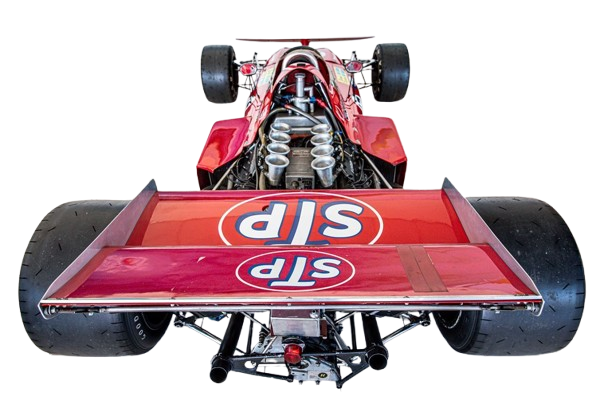

The company name is an acronym of the initials of Its four founders; Max Mosley, Alan Rees, Graham Coaker and Robin Herd.
March Engineering was a Formula One constructor and manufacturer of customer racing cars from the United Kingdom. Although only moderately successful in Grand Prix competition, March racing cars enjoyed much better success in other categories of competition, including Formula Two, Formula Three, IndyCar and IMSA GTP sportscar racing.
The Formula One effort initially started with March supplying its 701 chassis to Tyrrell for Jackie Stewart. For the 1971 Formula One season March Engineering came up with the remarkable 711 chassis.
At the end of the 1977 season, the F1 team's assets and FOCA membership were sold to ATS. From 1978, March concentrated on Formula Two, running the works BMW team.
In 1981 March made a half-hearted and ill-financed effort to return to F1, building cars that were little more than heavy and insufficiently stiff copies of the Williams FW07.
March began a new Formula One program in 1987 with the Ford-engined 871 which was sponsored by Japanese real estate company Leyton House and driven by Ivan Capelli.
A complex series of buyouts and sales saw the March group (now essentially a financial services outfit) divest itself of its racing interests; after a management buyout, March and Ralt were subsequently sold.


Headquartered: Bicester, Oxfordshire, United Kingdom, 1970-1977/1981-1982/1987-1992






andrea de adamich
1971
alfa romeo tipo 33, I8 naturally aspired, mid mounted
nürburgring
March 711 1971




roger williamson
1973
ford-cosworth dfv 2993 cc 90° V8 naturally aspirated
silverstone circuit
March 731 1973



1969-1988
1987-1991
1989-1992







Create Your Own Website With JouwWeb